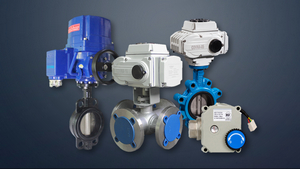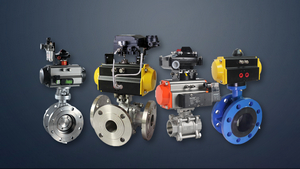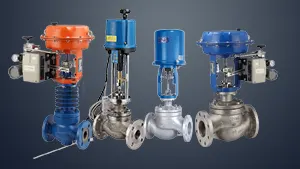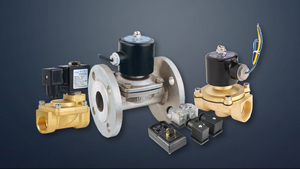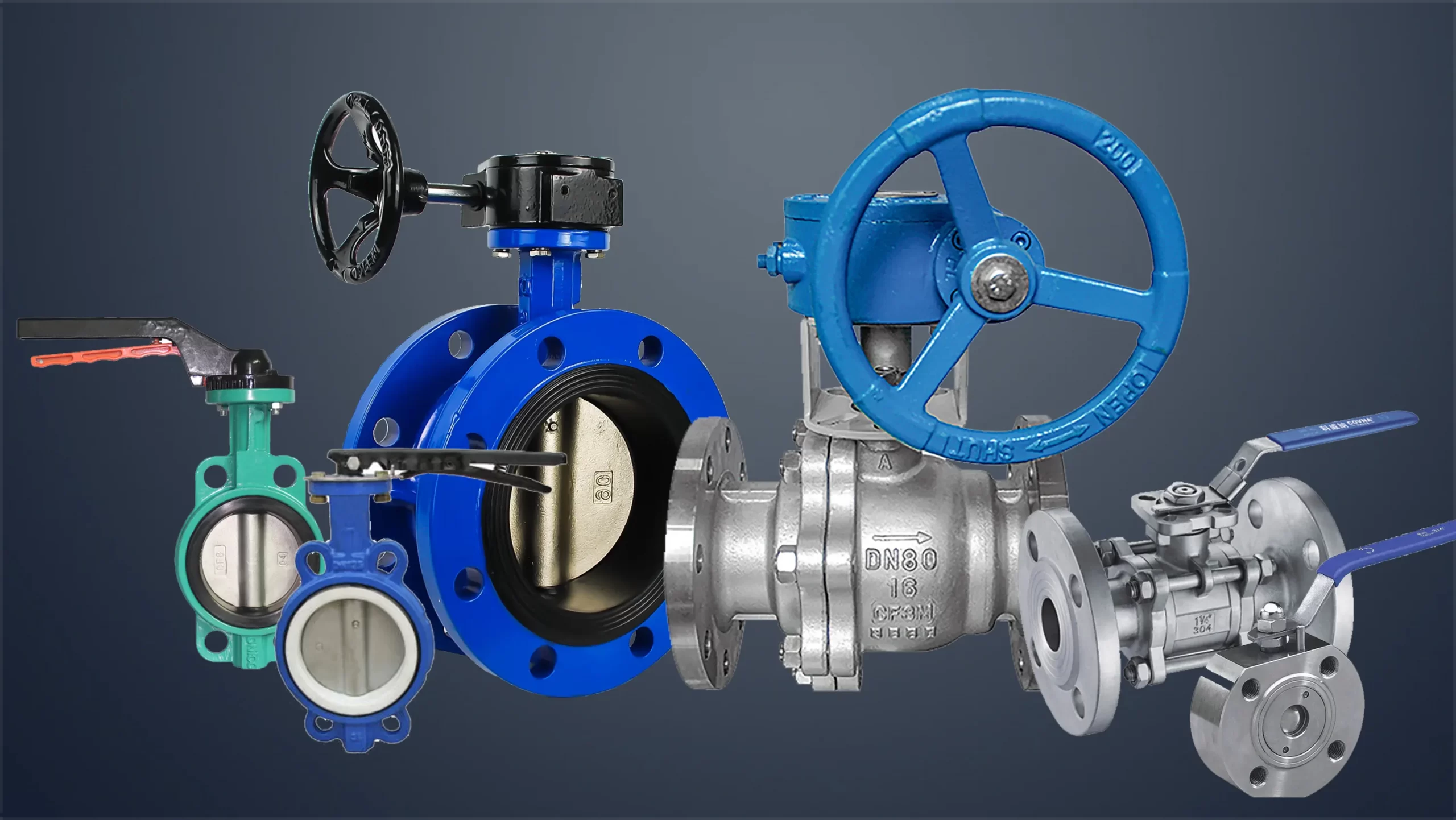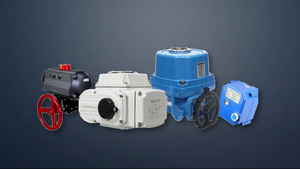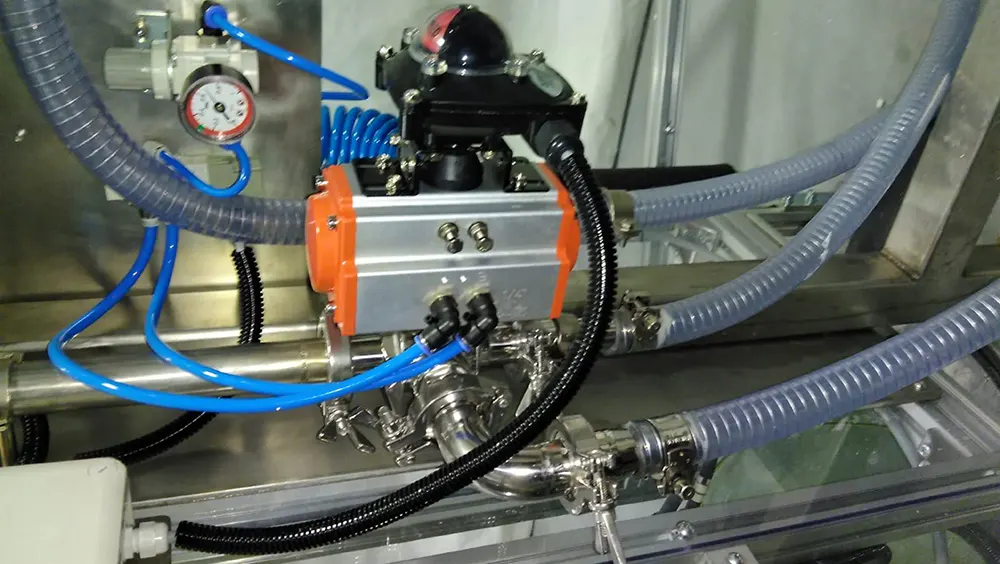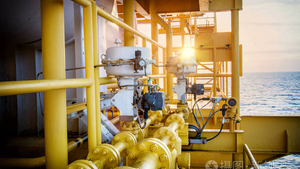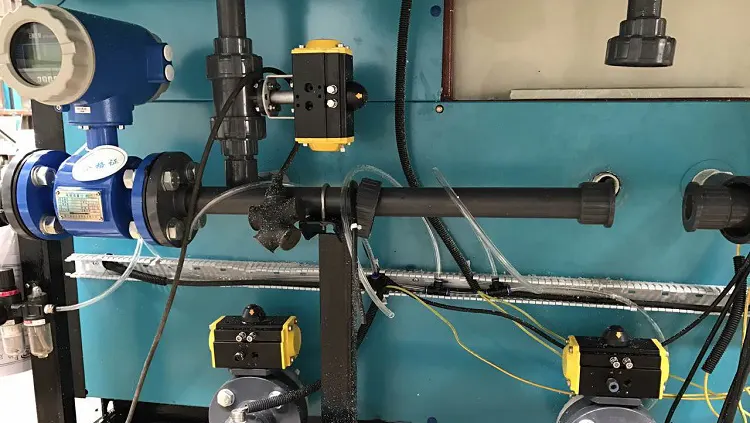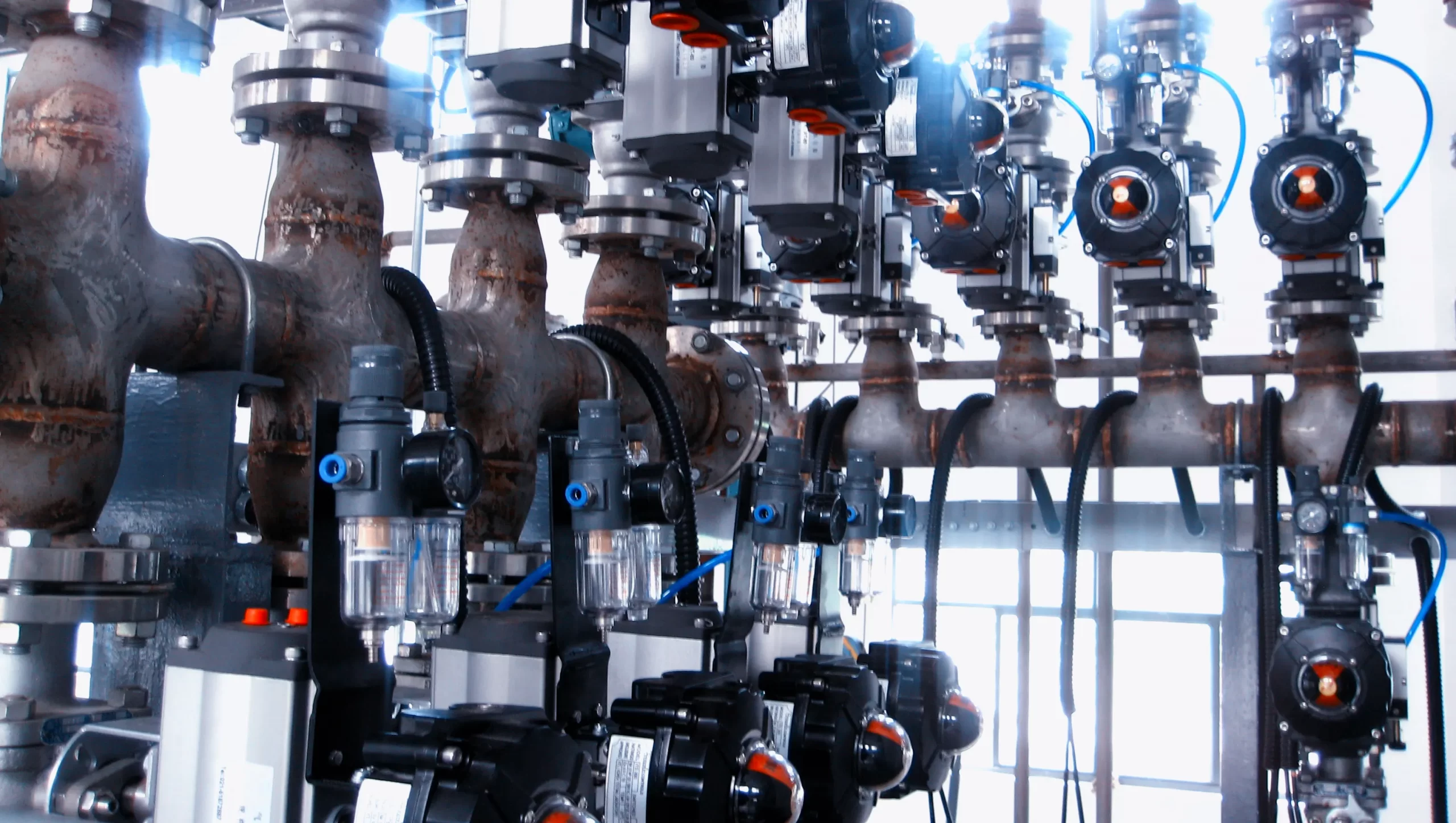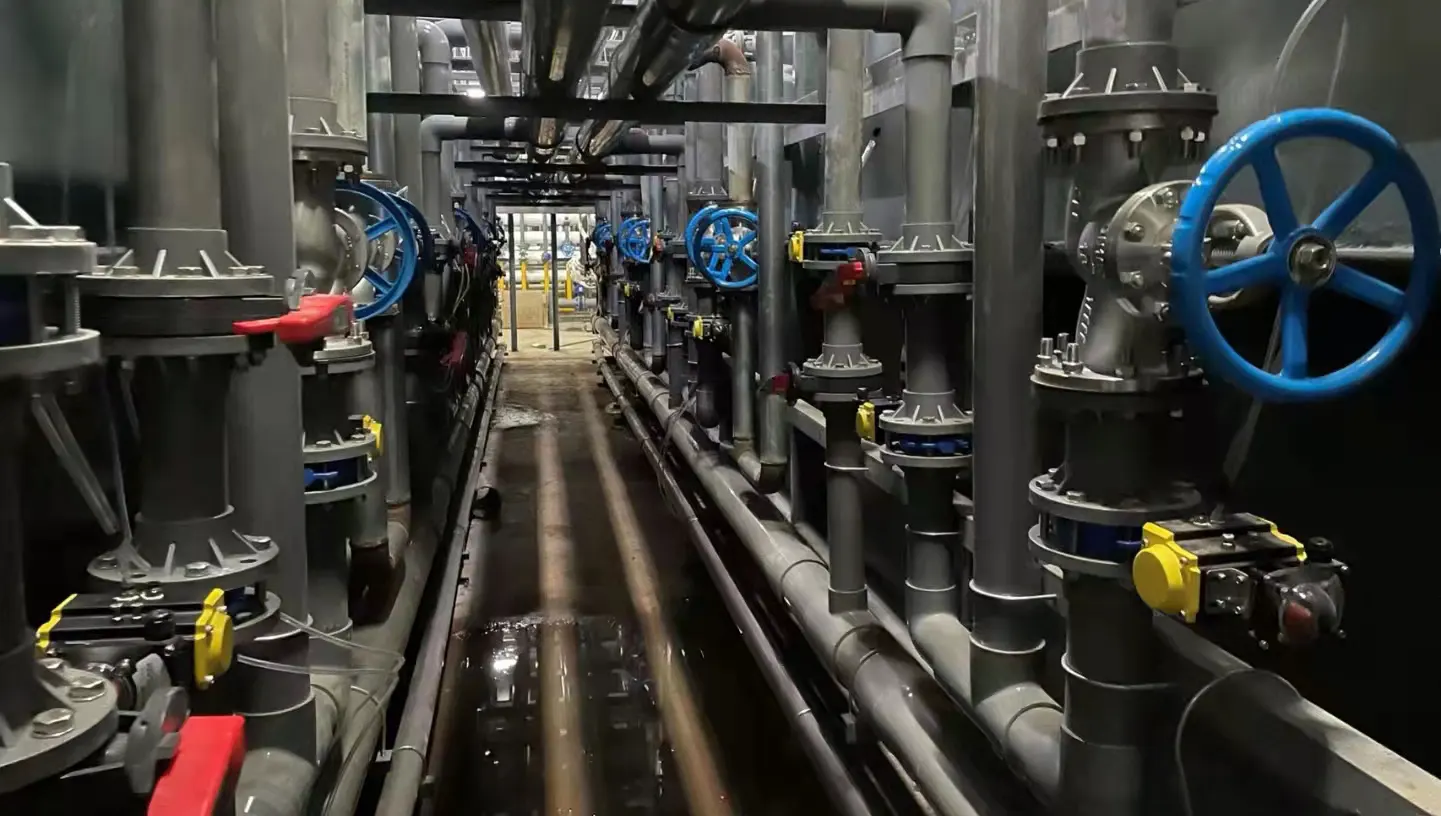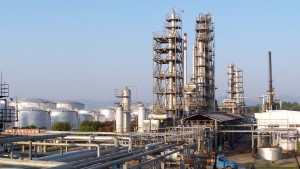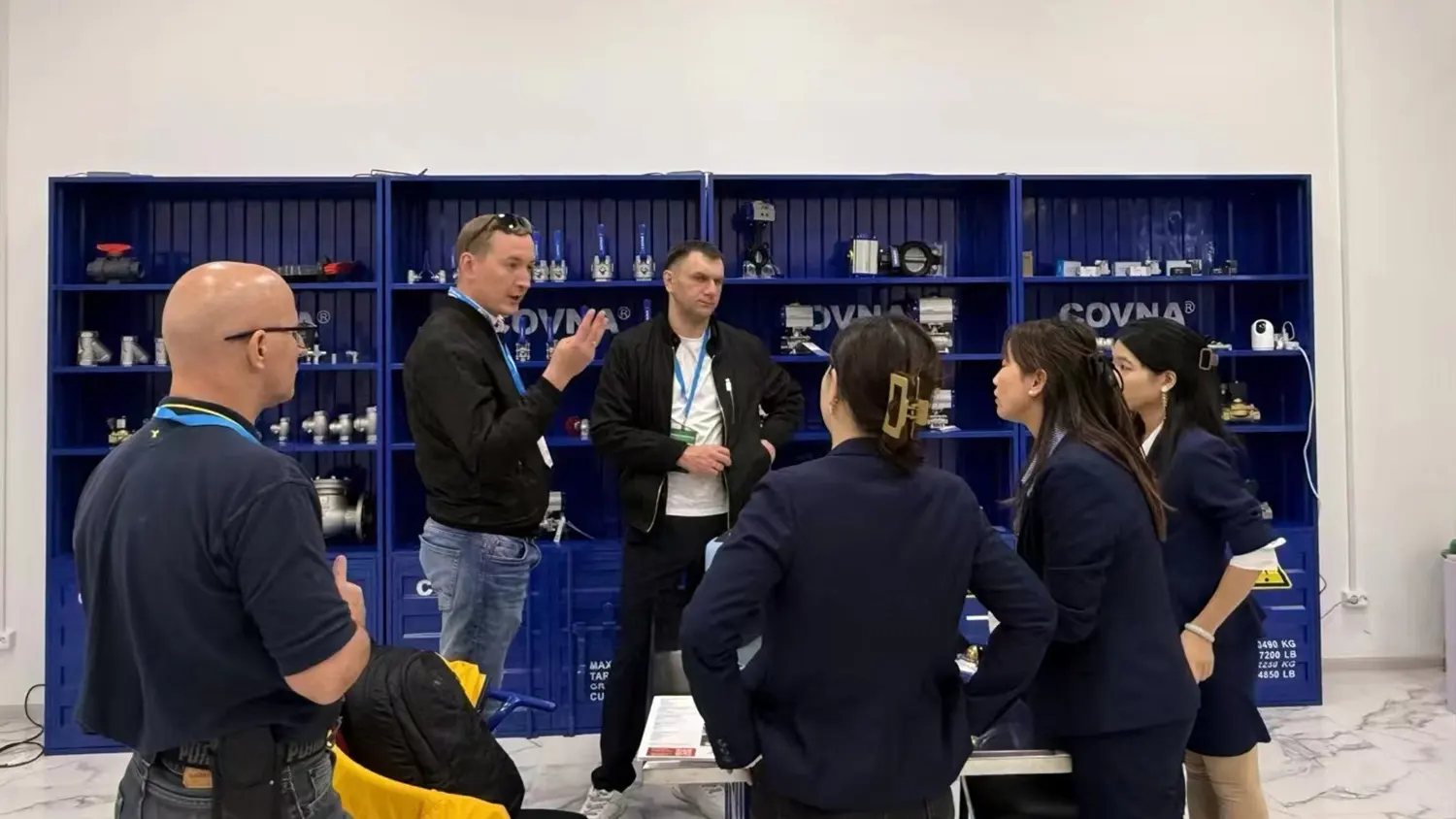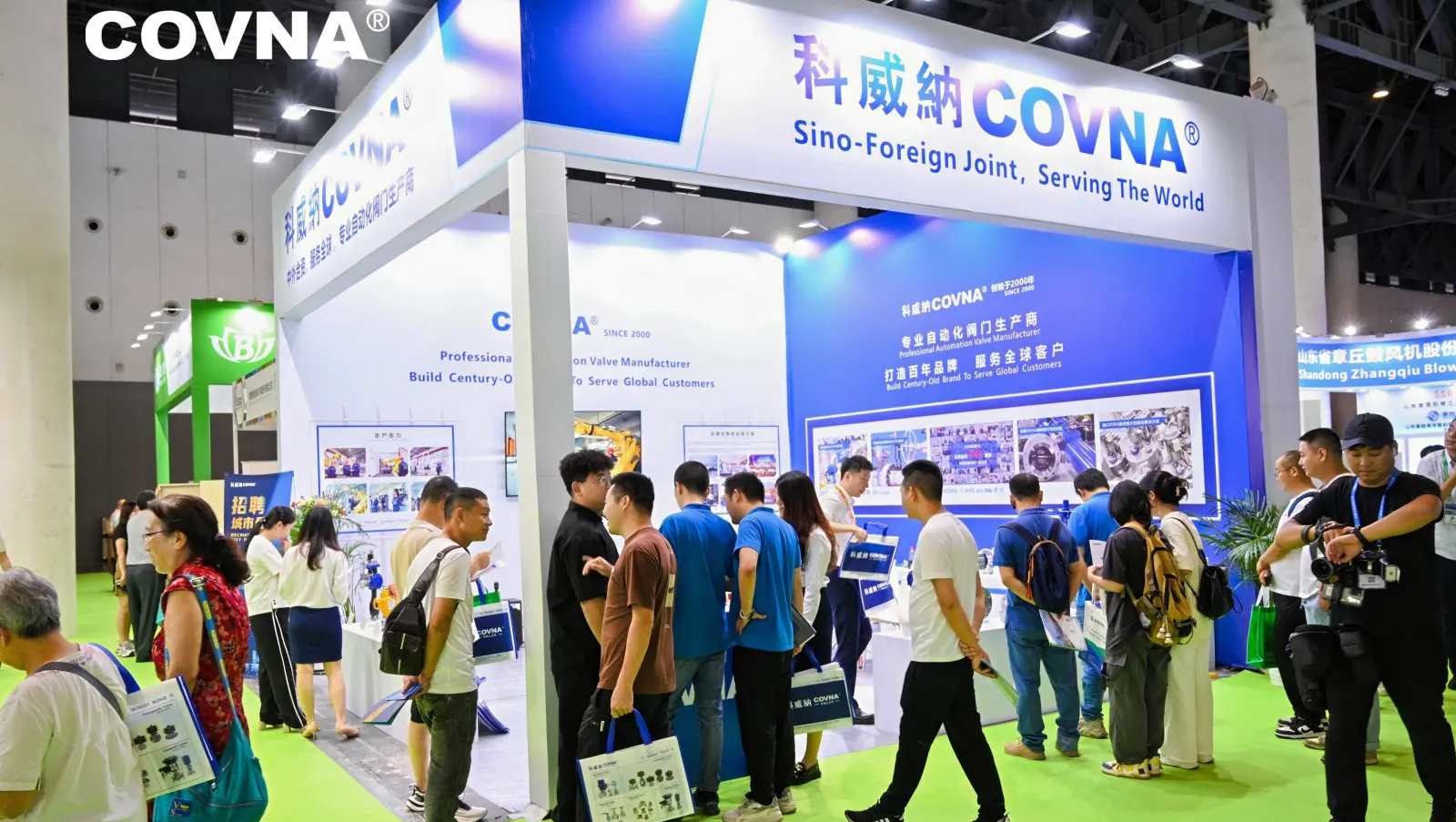What’s the difference between pneumatic butterfly valve and electric butterfly valve?
Valves Study | Oct.08.2021The electric butterfly valve can be controlled by various voltages such as alternating current (AC) 380V or direct current (DC) 24V, and the intelligent control module can be used to input 4-20MA signals to adjust the control flow more accurately. The characteristics of electric control are convenience to control, high automation program, and electric actuators are equipped with dual-use flashlight operation. It is convenient for manual operation when the power is off. The disadvantage of the electric butterfly valve is that the valve opens and closes for a long time. It takes 30-50 seconds to pass, the structure of the electric actuator is more complicated and precise, and the use environment is more demanding. At the same time, the cost is higher than that of pneumatics.
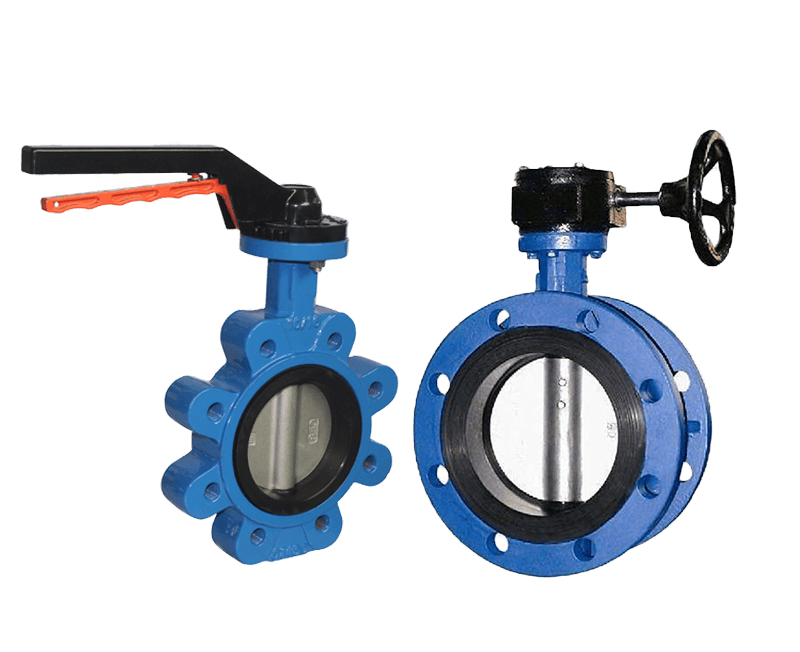
Pneumatic butterfly valve is composed of pneumatic actuator and butterfly valve body. Pneumatic butterfly valve is a pneumatic valve that uses a circular butterfly plate that rotates with the stem to achieve activation. It is mainly used as a cut-off valve. It can also be designed to have the function of regulating or segment valve. At present, the butterfly valve is at low pressure. The use of large and medium diameter pipes is increasing. Pneumatic butterfly valve classification: pneumatic stainless steel butterfly valve, pneumatic hard sealing butterfly valve, pneumatic soft sealing butterfly valve, pneumatic carbon steel butterfly valve, pneumatic cast iron butterfly valve. The main advantages of the pneumatic butterfly valve are simple structure, small size, lightweight, and low cost. This feature of the pneumatic butterfly valve is particularly remarkable. It is installed in a dark tunnel at a high altitude and is controlled by a two-position five-way solenoid valve. It is easy to operate and can also adjust the flow medium.
(1) Selection of the pneumatic butterfly valve and electric butterfly valve:
Pneumatic butterfly valves are preferred when there is a gas source, especially if the medium is combustible gas or coal gas, which can require quick opening and closing of the valve ventilation butterfly valve. Pneumatic butterfly valve actuators can choose double-acting and single-acting, single-acting pneumatic valves, and the valve can be normally open or normally closed. The spring mechanism inside the actuator automatically resets when the air source loses air, so as to automatically open or close the valve. It is suitable for special safety. Use in demanding conditions.
(2) The difference between pneumatic butterfly valve and electric butterfly valve:
The electric butterfly valve has a large power torque, manual and electric dual-purpose operation, and a high degree of automation. It can be remotely controlled through the control box and PLC. It is widely used in industrial pipeline control in the chemical, metallurgical, and petroleum industries.
Pneumatic butterfly valve and electric butterfly valve are commonly used automatic control valves, and there are their own advantages and disadvantages in choosing air source as power drive or power source drive. The user should make a reasonable selection according to the working environment and usage requirements. In order to give full play to the maximum performance of the valve.
Pneumatic butterfly valve actuators use compressed air as power, usually, the pressure of the air source is 0.4~0.8MPa, the advantages are: clean and environmentally friendly, safe to use, and fast in adjustment. Pneumatic actuator has a simple structure, low failure rate, and long service life. Especially in gas, chemical, and other special industries that require explosion protection. Pneumatics have higher safety due to the lack of electrical circuits and potential safety hazards such as sparks. Pneumatic valve can also be used as a regulating valve function. And can carry out remote automatic control. The disadvantage is that it must have a gas source before it can be used. From this point of view, it is obvious that it is more convenient to use power without an electric valve.
The electric butterfly valve can be controlled by 220V or 380 and other voltages, and the intelligent control module can be used to input 4-20MA signals to adjust the control flow. The characteristics of electric control are convenient to control, high automation program, and electric actuators are equipped with dual-use flashlight operation. It is convenient for manual operation when the power is off. The disadvantage of the electric butterfly valve is that the valve opens and closes for a long time. It takes 30-50 seconds to pass, the structure of the electric actuator is more complicated and precise, and the use environment is more demanding. At the same time, the cost is higher than that of pneumatics.
For new users, you can refer to the product introduction of COVNA Automation Valves electric butterfly valve or pneumatic butterfly valve, or consult the customer service, we will recommend a product that is most suitable for you.
--- END ---


